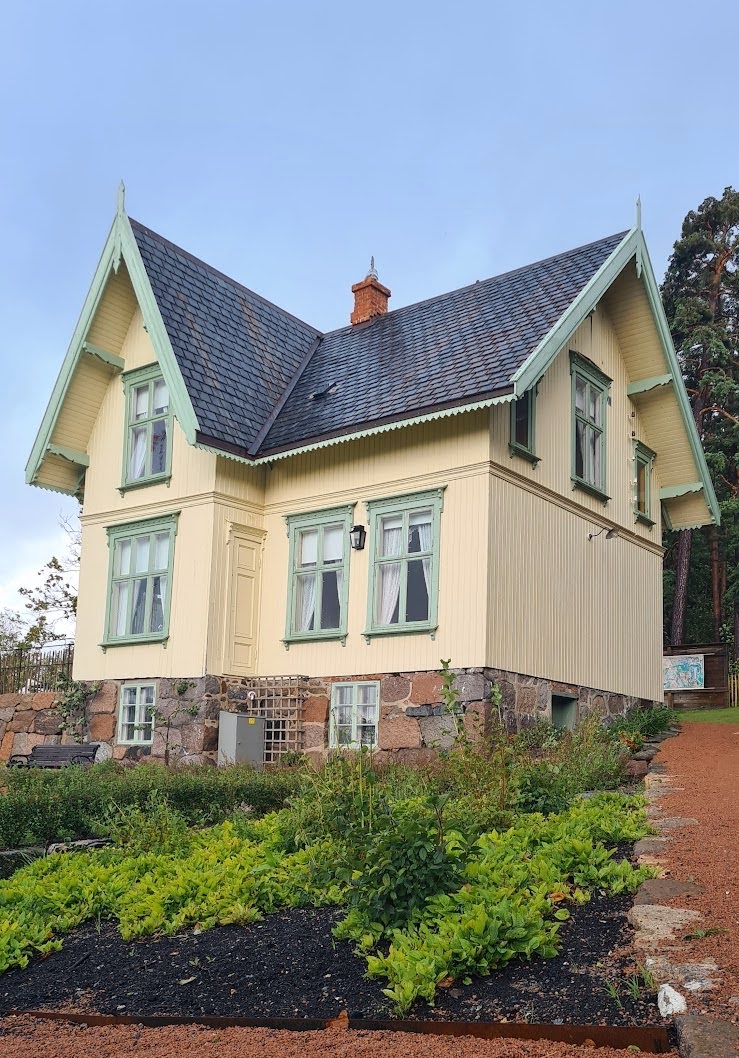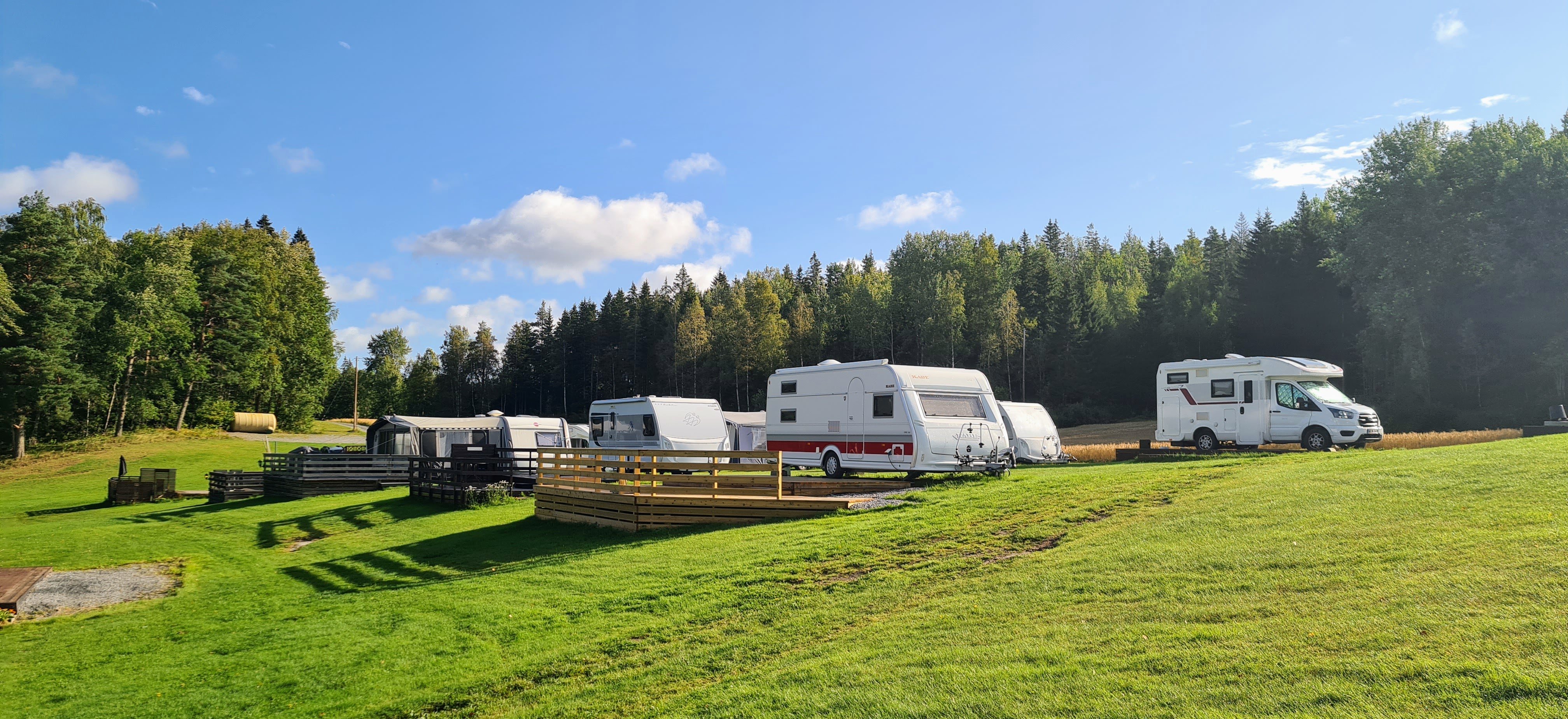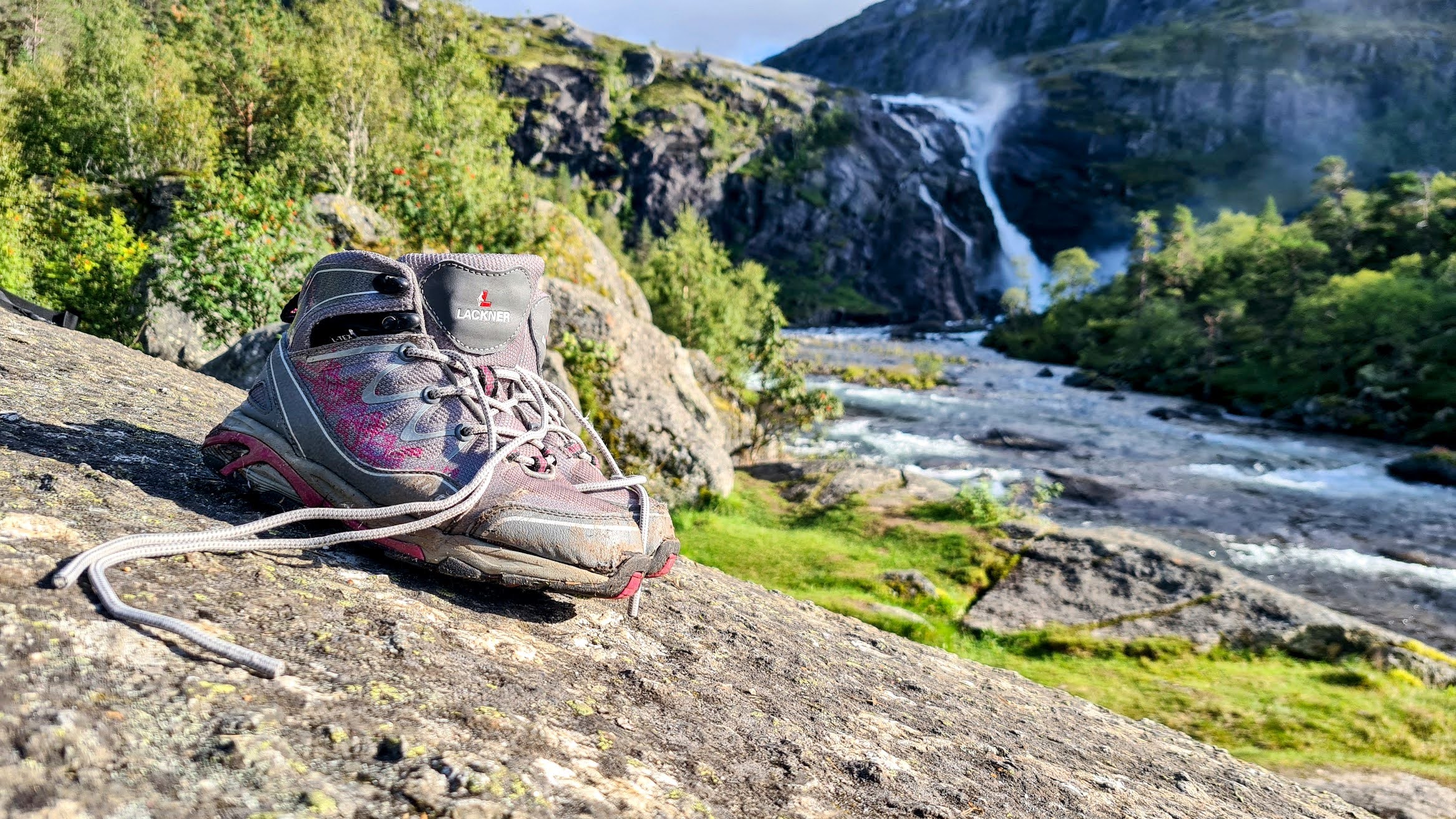An entry in a diary of Munch:
I was walking along a path with two friends – the sun was setting – suddenly the sky turned blood red – I paused, feeling exhausted, and leaned on the fence – there was blood and tongues of fire above the blue-black fjord and the city – my friends walked on, and I stood there trembling with anxiety – and I sensed an infinite scream passing through nature.
Under a blood-red sky, a tormented figure stands on a bridge. Munch transformed this figure into something more skull-like than human, depersonalized and featureless. Munch’s masterpiece symbolizes anxiety evolving into fear. Munch didn’t create a mere landscape; he captured a psychological state. He rendered the central figure as fluid as the surrounding landscape, with only solid elements like the bridge and his two friends representing connections to reality. Munch brilliantly illustrated isolation as the friends, absorbed in conversation and walking ahead, fail to notice the emotional transformation of both the protagonist and environment. Yes, I’m talking about Munch’s most famous work, “The Scream” (Skrik). Or that feeling when you wake up at 3 AM remembering you left the oven on.

“Could only have been painted by a madman” – Munch inscribed this phrase on the painting after critics began questioning his sanity. This touched a raw nerve for Munch. Munch battled psychological demons, both inherited and acquired through turbulent times. His father suffered from depression, while his sister battled schizophrenia. Van Gogh had recently painted “Starry Night,” and his tragic story resonated with Munch. Unsurprisingly, Munch’s brushstrokes bear similarities to Van Gogh’s style. The intensely red sky Munch painted might have drawn inspiration from the Krakatoa volcanic eruption of 1883, which gifted Europe with extraordinarily crimson sunsets. Munch, in turn, gifted us with four versions of “The Scream,” each now worth a fortune (apparently one scream couldn’t fully convey the emotion). Munch also created two very similar paintings: “Despair” and “Anxiety” – same scene, slightly different setup.
Edvard Munch’s villa, nestled beside Havlystparken, allows visitors to sense the artist’s spirit. Munch’s authentic period interior survives, including Munch’s furniture and personal belongings. You can even examine Munch’s easel and other painting supplies he personally used.
Munch purchased this house in 1897 at age 34. Rather than serving as Munch’s primary residence, it functioned as his summer retreat. Munch spent his summers here from 1889 until 1940. In this villa and its surroundings, Munch created some of his most renowned works, including “Dance on the Shore” (1899-1900).
The day we arrived at Munch’s villa, nature didn’t exactly scream, but it certainly threw a tantrum. A storm worthy of Munch’s paintbrush raged around us. But as they say in Norway: there’s no bad weather, just inappropriate clothing and insufficient enthusiasm!
All surrounding parking lots require payment. On our way to the villa, we encountered a guide with a small group also heading toward Munch’s home. The guide promised to let us inside if we waited for him at the villa. However, trees bending dangerously overhead shortened our visit. Fortunately, upon returning to the parking lot, we didn’t find a tree sprawled across our camper roof. A fallen tree did catch us on a wider road, but we had alternatives to navigate around it.

I fear that if we had lingered at Munch’s villa much longer, luck might have abandoned us, forcing us to spend the night near the wind-swept shores of Munch’s coastal retreat. We would have missed the incredible overnight stay we enjoyed on our final night in Norway. The road to our accommodation proved equally incredible, as we bumped along a narrow forest path with zero chance of passing oncoming traffic. The place resembled a local camper commune – like Woodstock, but with more norwegians and fewer drugs. The lakeside shore appeared well-maintained, featuring toilets and even constructed terraces. We borrowed one of these terraces for ourselves. Some visitors clearly spent the entire summer there. We wanted to experience this lifestyle too – such a chill place! And the forests brimmed with mushrooms. I had never seen such a huge bridge of chanterelles as we discovered in those woods.
Filling our water tanks one last time and closing the Norway chapter for now, though we’ll definitely return. We stayed too far south to experience the midnight sun, but with only a few hours of true darkness each night, we enjoyed Norway at full capacity. We still have unfinished business for at least two more trips.


